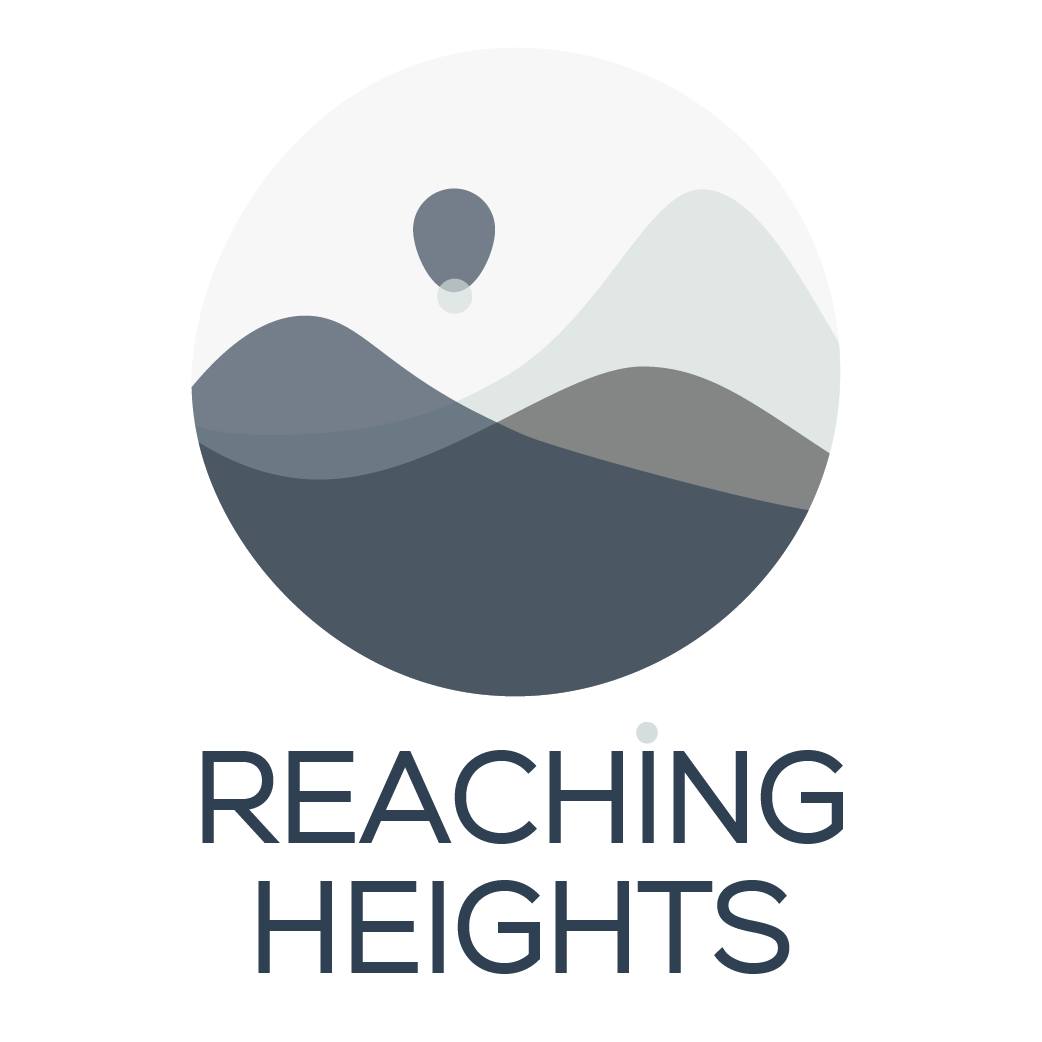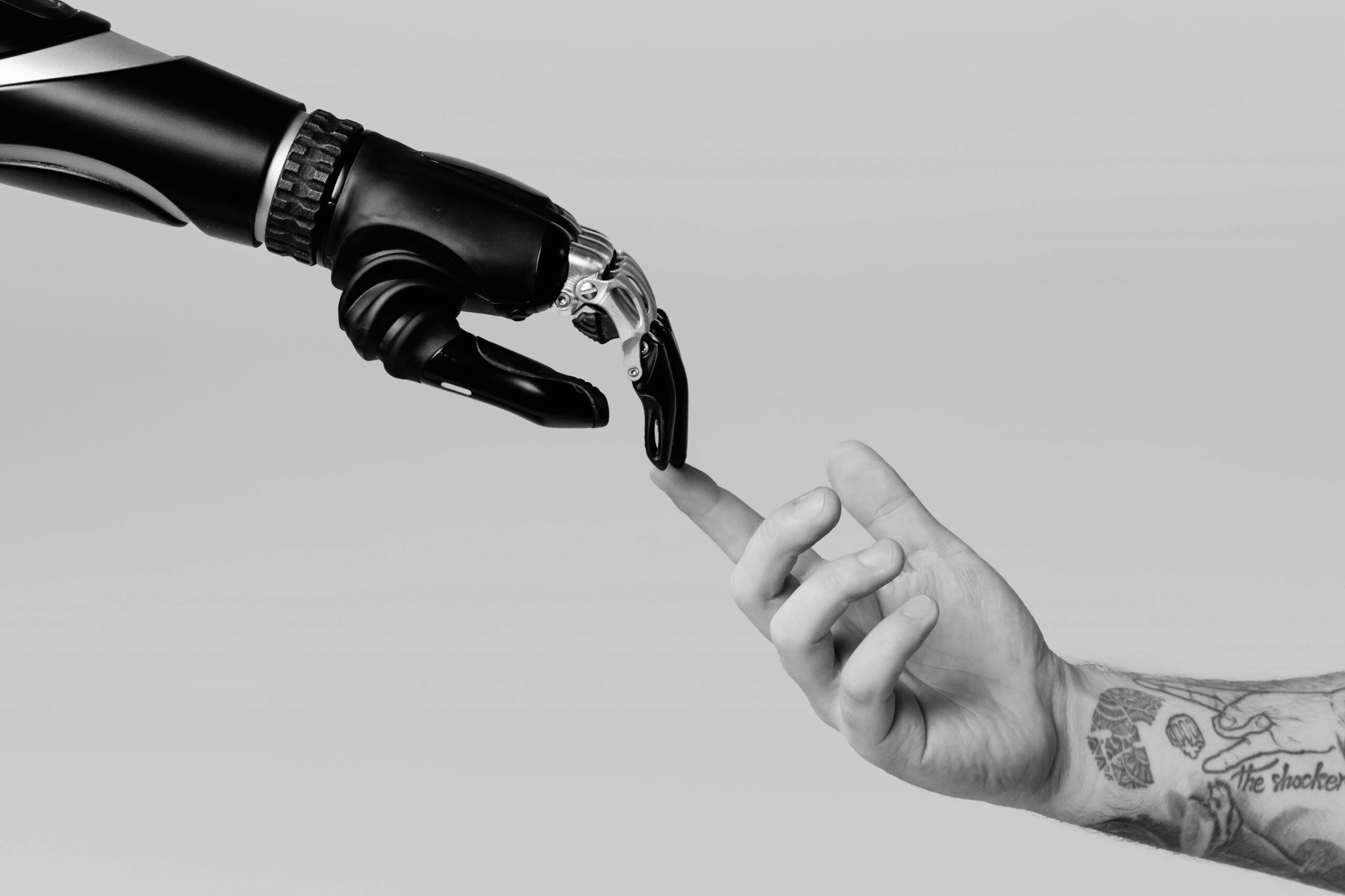In today’s modern workplaces, Artificial Intelligence (AI) and Learning & Development (L&D) are coming together to create exciting changes. This is not just about adopting new technologies – it’s about transforming the way we learn, work and grow. Think of it as a grand symphony, a new way of learning where AI as the maestro helps make a harmonious blend of personalized and interactive learning experiences.
Act I: Unlocking Personalised Learning
Imagine experiencing learning where the journey is tailored just for you. Like a custom-made song of your favourite tunes. This is no longer a far-off dream; it’s a reality being crafted by AI. Instead of using generic training materials, AI is capable of using data to customize lessons based on what you need and like, creating learning paths that are as unique as the learners themselves.
Take, for example, Google. Google uses AI-driven platforms to recommend content to create personalized learning paths for employees. This means that instead of everyone going through the same training, each person gets a learning plan that fits their unique needs most relevant to each employee. If you’re learning a new software, Google’s AI might recommend specific tutorials based on your needs and progress, wheras if you’re a growing manager, it might recommend in-depth courses on leadership development. This approach keeps learners engaged, but also makes sure that their time is spent acquiring skills directly linked to their roles.
Act II: Enhancing Learning through Interactive Learning Tools
Next, imagine a different scene – one where learning leaps out of textbooks and becomes an immersive experience. AI is taking center stage, infusing learning with interactive tools that make education more engaging, going beyond traditional methods.
Consider Duolingo, a popular language app. They use AI to adapt lessons to each user’s progress. It creates a dynamic conversation with the learner. If you’re struggling with a particular concept, the AI-driven algorithm adjusts the lessons to help you improve. It feels like having a personal tutor available anytime, adjusting the difficulty of exercises in real-time.
In the corporate world, Walmart uses virtual reality (VR) for training. Employees wear Virtual Reality headsets to step into a virtual store to practice real-world scenarios, like handling busy shopping days or a difficult customer interaction. This hands-on approach makes learning more immersive and practical.
Act III: Working Together for Future Growth
As AI continues to evolve, L&D professionals are not just spectators – they’re collaborators, co-creating the future of learning. By using AI to predict what skills will be important, they can design training that gets employees ready for the future.
Microsoft has embraced AI to figure out what skills will be needed in the coming years to thrive in an increasingly digital world and designs training programs to match. This helps employees stay ahead in a changing job market to make sure employees are not just keeping up – they’re staying ahead.
Similarly, Unilever uses AI to find and develop future leaders. By analyzing successful leaders’ traits, AI helps create personalized development plans for those who show potential, ensuring they’re prepared for leadership roles.
Finale: Embracing the Future and Addressing Challenges
AI’s impact is changing how we learn and work, but like any powerful tool, there are challenges to address. Concerns about privacy, bias, and ethics need careful attention from organizations that decide to use it.
One major concern is about the lack of human touch. AI, while advanced, can’t fully replicate the human elements of empathy, understanding, and personal connection that are often important in learning and development, especially in processes such as onboarding.
Amazon, for instance, has faced criticism over the potential bias in its AI-powered hiring tools, which where found to favour certain candidates over others based on historical data. Amazon’s experience highlights the importance of continuing to refine AI systems to ensure fairness and transparency.
Another challenge is that AI systems rely on high-quality data to make accurate recommendations. If an AI tool uses outdated or inaccurate information to design learning paths, it might provide recommendations that are not relevant to current or future needs. Also, integrating AI tools with existing L&D systems and processes can be quite complex and take up quite a bit of resources.
On these lines, relying too heavily on AI might lead to a neglect of other important aspects of learning, like hands-on experiences or interpersonal skills development, overlooking the value of face-to-face interactions and real-world problem-solving exercises.
Despite these challenges, AI offers amazing opportunities. It’s not here to replace human ingenuity, but to amplify it. IT’s here to help us learn faster and work smarter and achieve more than we thought possible. By working together and addressing issues, we can make the most of AI in learning and development.
Together, AI and L&D can create a future where learning is not just a process, but an experience, effective but also engaging and personalized.



